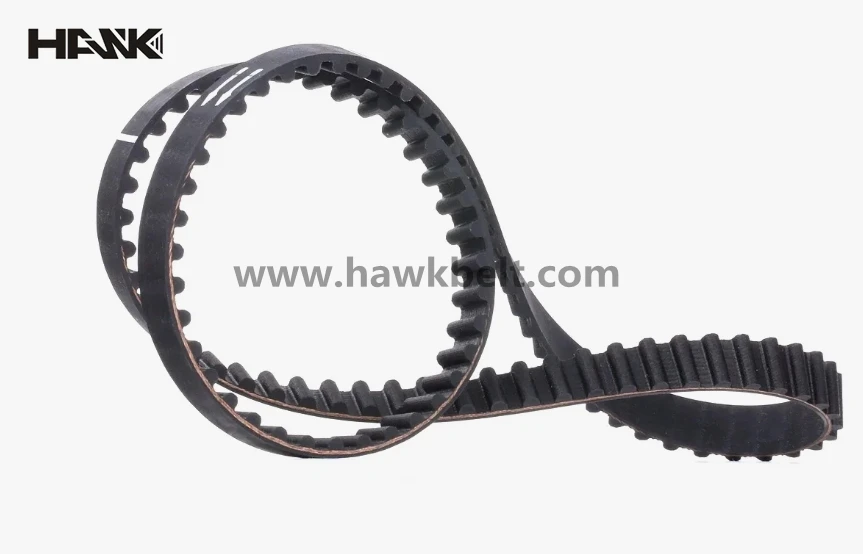- Arabic
- French
- Russian
- Spanish
- Portuguese
- Turkish
- Armenian
- English
- Albanian
- Amharic
- Azerbaijani
- Basque
- Belarusian
- Bengali
- Bosnian
- Bulgarian
- Catalan
- Cebuano
- Corsican
- Croatian
- Czech
- Danish
- Dutch
- Afrikaans
- Esperanto
- Estonian
- Finnish
- Frisian
- Galician
- Georgian
- German
- Greek
- Gujarati
- Haitian Creole
- hausa
- hawaiian
- Hebrew
- Hindi
- Miao
- Hungarian
- Icelandic
- igbo
- Indonesian
- irish
- Italian
- Japanese
- Javanese
- Kannada
- kazakh
- Khmer
- Rwandese
- Korean
- Kurdish
- Kyrgyz
- Lao
- Latin
- Latvian
- Lithuanian
- Luxembourgish
- Macedonian
- Malgashi
- Malay
- Malayalam
- Maltese
- Maori
- Marathi
- Mongolian
- Myanmar
- Nepali
- Norwegian
- Norwegian
- Occitan
- Pashto
- Persian
- Polish
- Punjabi
- Romanian
- Samoan
- Scottish Gaelic
- Serbian
- Sesotho
- Shona
- Sindhi
- Sinhala
- Slovak
- Slovenian
- Somali
- Sundanese
- Swahili
- Swedish
- Tagalog
- Tajik
- Tamil
- Tatar
- Telugu
- Thai
- Turkmen
- Ukrainian
- Urdu
- Uighur
- Uzbek
- Vietnamese
- Welsh
- Bantu
- Yiddish
- Yoruba
- Zulu
Dec . 24, 2024 17:21 Back to list
Choosing the Right Size for Your Fan Belt Replacement
Understanding Fan Belt Sizes A Comprehensive Guide
In the realm of automotive maintenance and repair, few components are as crucial yet often overlooked as the fan belt. Also known as the serpentine belt, the fan belt is an integral part of a vehicle’s engine cooling system, powering various accessories such as the water pump, alternator, and air conditioning compressor. To ensure optimal performance and longevity of these components, understanding fan belt sizes and their implications is essential for every vehicle owner.
What is a Fan Belt?
The fan belt is a rubber belt that connects the crankshaft to various engine components, allowing them to operate efficiently. It plays a pivotal role in maintaining the engine temperature, charging the battery, and running the air conditioning. Given its critical functions, a properly sized fan belt is paramount. If the belt is too loose or worn, it can slip, leading to decreased performance and potential engine overheating. Conversely, if the belt is too tight, it can strain the components it serves, leading to premature wear and failure.
Measuring Fan Belt Size
Properly measuring the fan belt size is essential for any replacement. The size of a fan belt is typically indicated by its length and width. The length is measured in inches, usually ranging from 30 inches to over 100 inches, depending on the vehicle’s make and model. The width usually varies between 0.5 and 1 inch. To determine the correct size for your vehicle, consult the owner’s manual or check the service tag located near the engine, which often contains vital specifications, including the fan belt size.
Importance of Correct Sizing
Using the correct fan belt size is crucial for several reasons
1. Performance A properly sized fan belt ensures that all accessories are adequately powered. If the belt is too long, it may slip; if it’s too short, it may not fit at all, leading to performance issues.
2. Durability A correctly sized belt will experience less wear and tear. A loose belt can cause unnecessary friction and heat, while a belt that is too tight can strain the pulleys and bearings.
fan belt size

3. Fuel Efficiency An optimally functioning fan belt can improve fuel efficiency. A slipping belt can lead to reduced engine performance, subsequently affecting fuel consumption.
4. Preventive Maintenance Regularly checking the fan belt’s condition and size as part of routine maintenance can help prevent unexpected breakdowns and costly repairs.
Signs of Fan Belt Issues
Knowing the signs of fan belt problems can help in timely maintenance. Common indicators include
- Squeaking or squealing noises when the engine starts or when accelerating. This sound often signifies a loose or worn fan belt. - Overheating of the engine can be traced back to a failure in the cooling system, which might be due to a slipping fan belt. - Visible wear or cracks on the surface of the belt indicates that it needs to be replaced.
Choosing the Right Replacement
When it comes time to replace your fan belt, selecting the right replacement is paramount. Many auto parts stores provide charts that match belt sizes to specific vehicle models, taking the guesswork out of the process. Online marketplaces and manufacturers also list belt sizes, ensuring that you can find the exact part needed.
Additionally, consider investing in high-quality belts that provide better durability and performance. Although they may come at a higher price, they often last longer and require fewer replacements in the long run.
Conclusion
Understanding fan belt sizes is a critical aspect of automotive maintenance. By ensuring that your vehicle's fan belt is the correct size, you contribute to the overall health of the engine and its components. Regular inspections and maintenance can save you from costly repairs and ensure your vehicle runs efficiently. Whether you’re a seasoned mechanic or a car owner looking to maintain your vehicle, gaining knowledge about fan belt sizes can significantly enhance your automotive experience. Ensure that when the time comes for a replacement, you do so with confidence, armed with the right information.
-
Upgrade Power Steering Pump Belt for Smooth, Quiet Operation
NewsAug.27,2025
-
Precision Timing Belt & Chain: Engine Performance & Durability
NewsAug.26,2025
-
Precision Lathe Drive Belts: Durable & Reliable Performance
NewsAug.25,2025
-
84.5 Serpentine Belt: Durable & Precision Fit for Your Engine
NewsAug.24,2025
-
Premium Ribbed Drive Belts for Quiet Power Transmission
NewsAug.23,2025
-
High-Performance Vehicle Timing Belt for Engine Precision
NewsAug.22,2025

